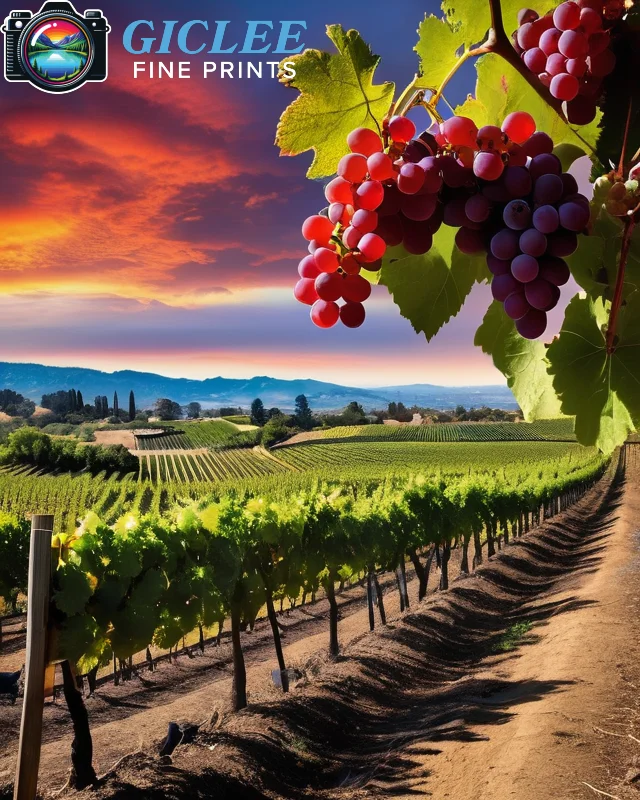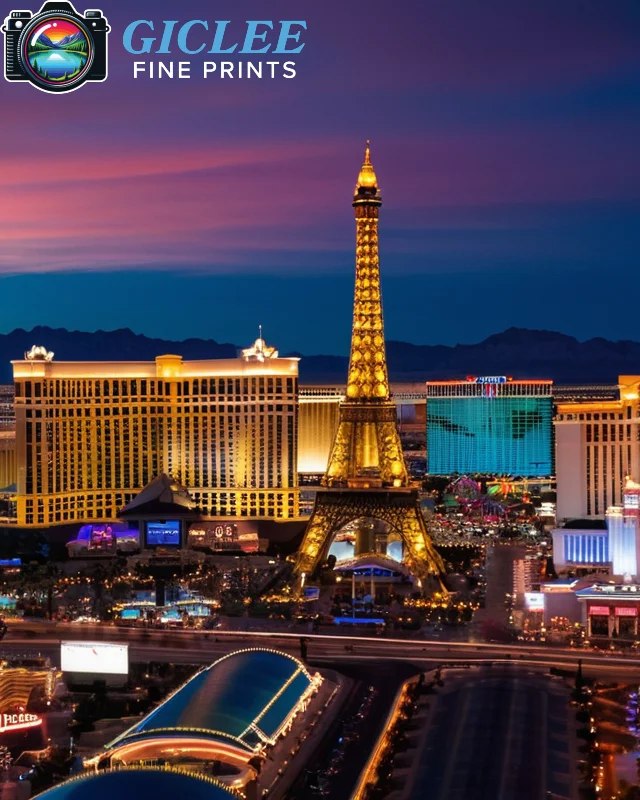
Customizing print sizes offers the flexibility to tailor your artwork to fit any space, aesthetic, or personal preference. Whether you’re printing for a gallery, creating a unique home decor piece, or offering custom sizes for clients, knowing the tips and techniques for successful resizing ensures the best quality and presentation. At Giclee Fine Prints, we provide expert guidance to help you achieve stunning results with custom print sizes.
Consider the Aspect Ratio for Resizing Success
The aspect ratio (the relationship between the width and height of an image) is essential when resizing artwork or photos. Maintaining the correct ratio ensures that your image doesn’t appear stretched or distorted.
Key Tips:
- Use the Original Ratio: Preserve the original aspect ratio of the image to avoid distorting the artwork. For example, an 8×10 image has a 4:5 aspect ratio, which should be maintained in custom sizes like 16×20.
- Calculate New Dimensions: Multiply or divide both the width and height by the same number to achieve the new size while maintaining the aspect ratio.
- Crop with Care: If resizing to a different aspect ratio, use careful cropping to ensure the most important elements of the image remain visible.
Best For:
- Artwork and photography that require precise, balanced presentation in various sizes.
Choose the Right Resolution for Sharp, Clear Prints
Resolution plays a crucial role in print quality, especially for larger custom sizes. For the best results, aim for a resolution of 300 DPI (dots per inch) to ensure sharpness and clarity in every print.
Key Tips:
- Maintain 300 DPI: For custom sizes, adjust the resolution to keep the file at 300 DPI. This prevents pixelation and maintains detail.
- Start with High-Resolution Images: When possible, begin with high-resolution files to allow flexibility in resizing without sacrificing quality.
- Avoid Upscaling Low-Resolution Images: Enlarging low-resolution files can lead to pixelation. Instead, opt for a custom size that doesn’t require drastic upscaling.
Best For:
- Large-format prints and detailed artwork where clarity and precision are paramount.
Use Custom Borders and Mats for Added Flexibility
Adding borders or matting can create a custom look without altering the artwork’s aspect ratio. Borders provide visual separation and can make custom sizing easier by adding space around the image.
Key Tips:
- Add a White or Colored Border: Adding a border lets you achieve a custom size while keeping the artwork intact. A white border can add a classic touch, while colored borders provide a modern or playful look.
- Use Matting to Extend Size: Adding a mat can help frame the artwork and reach your desired custom size without changing the image dimensions.
- Experiment with Border Widths: Varying the width of the border can change the print’s visual impact. A wide border adds elegance, while a thin border provides subtle framing.
Best For:
- Portraits, family photos, and artwork where presentation is enhanced by borders or matting.

Explore Different Paper Sizes and Formats
Using custom paper sizes allows you to explore unique shapes and layouts, from square formats to panoramic sizes. Each format can add a distinct character to your artwork.
Key Formats:
- Square Prints: Square formats are perfect for modern art, minimalistic photography, or symmetrical compositions.
- Panoramic Prints: Long, narrow formats work well for landscapes and cityscapes, capturing the full width of the scene.
- Oversized Prints: Large, poster-sized prints make a bold statement and are perfect for creating a focal point in any space.
Best For:
- Specialty prints, landscapes, and unique compositions where non-traditional formats enhance the artwork.
Leverage Cropping Techniques for Artistic Effect
If the original aspect ratio doesn’t fit your custom size needs, cropping can be an effective solution. Strategic cropping can create a new focal point or alter the composition for added artistic effect.
Key Tips:
- Focus on Key Elements: When cropping, consider the main elements of the artwork and ensure they remain within the frame.
- Experiment with Composition: Cropping can create different compositions that offer new perspectives on the image, such as a close-up or zoomed-out effect.
- Use Cropping for Storytelling: For storytelling art or photography, cropping can emphasize important details and create a new narrative.
Best For:
- Portraits, storytelling photography, and detail-focused artwork that can benefit from creative cropping.
Choose the Right Print Material for the Custom Size
The print material you choose can enhance the impact of a custom size. Different materials—such as fine art paper, canvas, and metal—have unique properties that influence the look and feel of your artwork.
Material Options:
- Fine Art Paper: Ideal for detailed prints, fine art paper provides a smooth texture and is perfect for archival quality. It’s a great choice for small to medium-sized prints.
- Canvas Prints: Canvas offers a textured, painterly effect, making it perfect for larger sizes and adding an artistic feel to any image.
- Metal Prints: For a modern, sleek look, metal prints are excellent for large, vibrant images. Their durability also makes them ideal for high-traffic areas or outdoor use.
Best For:
- Prints of all sizes, especially when matching the material to the print size can enhance the artwork’s overall impact.

Plan for Framing and Display
Custom print sizes might require custom framing. Before finalizing the size, consider how you plan to frame or display the print, as this can impact your size choice.
Key Tips:
- Check Frame Availability: Ensure that frames are available for the custom size or be prepared to order custom framing.
- Consider Floating Frames: Floating frames work well with custom-sized prints, creating a striking, modern look that doesn’t overpower the artwork.
- Explore Matting Options: If your custom size doesn’t match a standard frame size, adding a mat can adjust the dimensions to fit a standard frame.
Best For:
- Display-ready prints where framing and presentation are essential for the final look.
Order Test Prints for Quality Assurance
Before committing to a large order or final display, consider ordering a test print to check how the custom size looks in real life. Test prints provide an opportunity to catch any resolution, color, or composition issues before full production.
Key Tips:
- Check Color and Clarity: Ensure the colors and details are as expected, and adjust any issues in the final file if necessary.
- Inspect for Cropping and Composition: Verify that the crop or any adjustments work as intended, without losing critical elements.
- Adjust Brightness or Contrast: Test prints allow you to see how the image looks in print, as it may appear slightly darker than on screen. Adjust brightness or contrast accordingly.
Best For:
- Large or custom orders, where quality assurance is critical to achieving the desired final product.
Contact Us
Our address is: 3816 Pioneer Trail Ste #3, South Lake Tahoe, CA 96150
Email: Info@gicleefineprints.com
FAQs
Not necessarily. Using a mat or ordering frames with flexible dimensions can sometimes adapt a custom print size to a standard frame.
While not mandatory, test prints are highly recommended to ensure the colors, clarity, and composition look exactly as you intend before final production.
Yes, most print materials, including canvas, metal, and fine art paper, can accommodate custom sizes.


